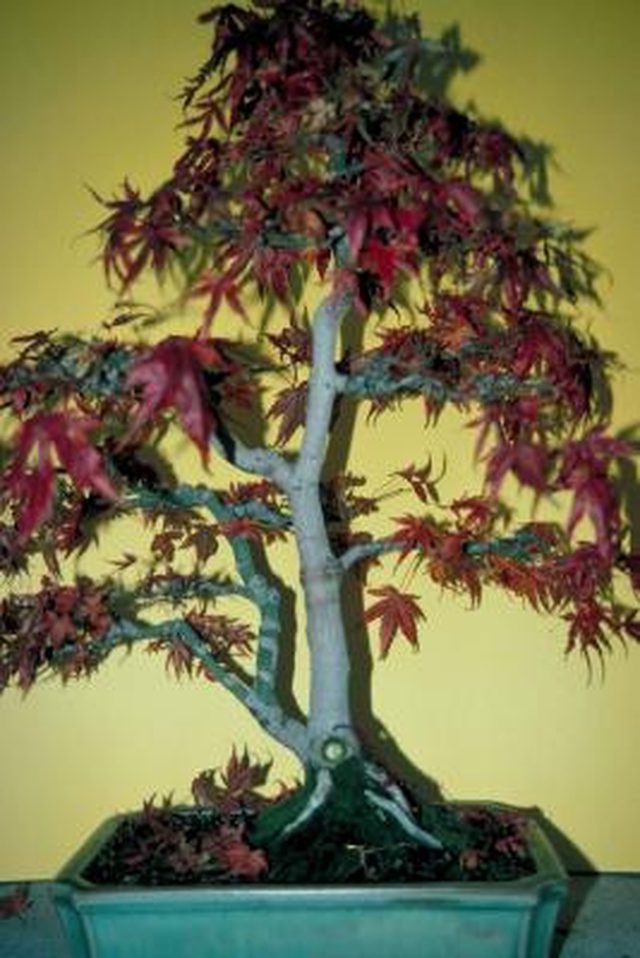Bulbs
Flower Basics
Flower Beds & Specialty Gardens
Flower Garden
Garden Furniture
Garden Gnomes
Garden Seeds
Garden Sheds
Garden Statues
Garden Tools & Supplies
Gardening Basics
Green & Organic
Groundcovers & Vines
Growing Annuals
Growing Basil
Growing Beans
Growing Berries
Growing Blueberries
Growing Cactus
Growing Corn
Growing Cotton
Growing Edibles
Growing Flowers
Growing Garlic
Growing Grapes
Growing Grass
Growing Herbs
Growing Jasmine
Growing Mint
Growing Mushrooms
Orchids
Growing Peanuts
Growing Perennials
Growing Plants
Growing Rosemary
Growing Roses
Growing Strawberries
Growing Sunflowers
Growing Thyme
Growing Tomatoes
Growing Tulips
Growing Vegetables
Herb Basics
Herb Garden
Indoor Growing
Landscaping Basics
Landscaping Patios
Landscaping Plants
Landscaping Shrubs
Landscaping Trees
Landscaping Walks & Pathways
Lawn Basics
Lawn Maintenance
Lawn Mowers
Lawn Ornaments
Lawn Planting
Lawn Tools
Outdoor Growing
Overall Landscape Planning
Pests, Weeds & Problems
Plant Basics
Rock Garden
Rose Garden
Shrubs
Soil
Specialty Gardens
Trees
Vegetable Garden
Yard Maintenance
White Fungus on a Japanese Maple
White Fungus on a Japanese Maple. Nearly all ornamental plants suffer infection of the fungal disease known as powdery mildew. Japanese maple trees are likely to survive an attack, although the disorder can be unsightly.

Nearly all ornamental plants suffer infection of the fungal disease known as powdery mildew. Japanese maple trees are likely to survive an attack, although the disorder can be unsightly.
Identification
A white fungus known as powdery mildew is one of several leaf diseases prone to attacking the brightly colored Japanese maple tree, Acer palmatum. "Japanese maples may be troubled by anthracnose, powdery mildew, leaf spot, leaf scorch, root rot, aphids, scales and borers," according to the Clemson University Extension service.
Powdery Mildew
Powdery mildew appears as a white or gray fungal substance throughout the leaves, stems, flowers and fruit of a plant. The Ohio State University Extension service notes that leaves may curl or twist even before the white fungus is apparent. "Severe powdery mildew infection will result in yellowed leaves, dried and brown leaves, and disfigured shoots and flowers," according to the OSU website.
Effects
The disease rarely results in fatality to a Japanese maple, but it may increase the likelihood of leaves falling prematurely and the tree moving into fall dormancy earlier than normal. Trees typically suffer infection when temperatures range between 60 and 80 degrees Fahrenheit; powdery mildew normally does not appear during the extreme heat of summer.